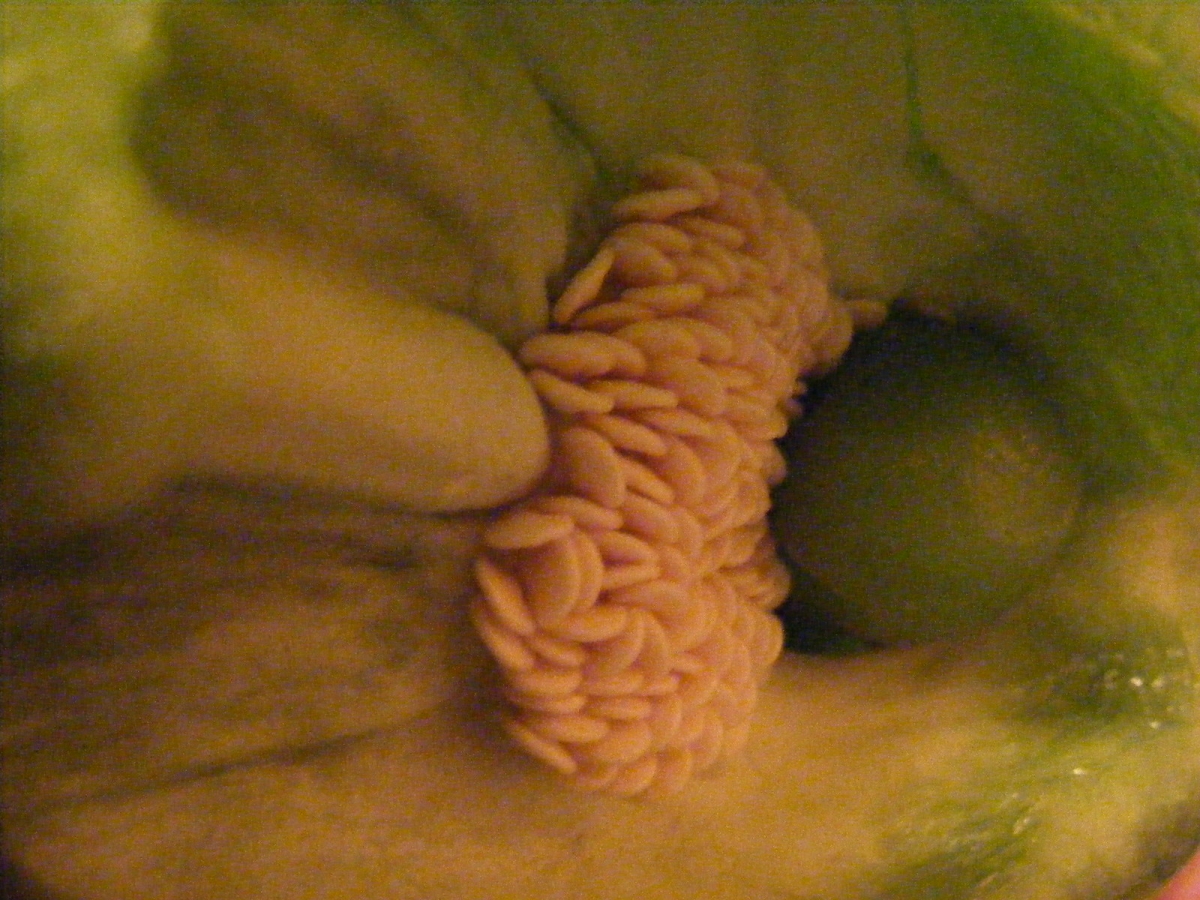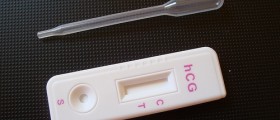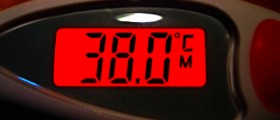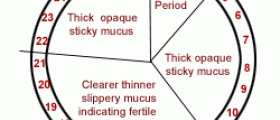Ovulation calendars, cervical mucus, charting to conceive, ovulation tests... These are all familiar ways to detect ovulation. But can you tell whether you are fertile just by examining the actual position and shape of your cervix? Read on to find out more!

What does your cervical position and its shape have to do with ovulation, you may ask? Few women, except dedicated followers of natural fertility monitoring, will ever even have felt their own cervix or have more than a vague idea about where it is located. But, the entrance to the uterus actually changes in structure, shape, and position throughout the menstrual cycle.
Women who are working their way up to ovulation will see changes in their cervical mucus, but also their cervix itself. During the fertile window, you will notice your cervix become softer, higher up, slightly open, and "wet". All of these things contribute to the possibility of pregnancy, as they create a welcoming environment for the sperm to reach the egg that will be waiting.
Once you are done ovulating, the cervix will become firmer once again, and it will be low down and dry, as well as completely closed. The best way to get an accurate feel (excuse the stupid pun!) for the way your cervix behaves during ovulation is to monitor it throughout the month. Write your findings down in a fertility journal, along with any other things you are following, like basal body temperature, ovulation pain or bleeding, cervical mucus, and perhaps ovulation tests that you are doing. You can also use an ovulation calendar to get an idea of when to expect your ovulation.
If checking your own cervix freaks you out, there's plenty of other ways to find out when you are fertile. But for many women, this handy and free method is quite an asset in their quest to get pregnant or even to avoid pregnancy.















Your thoughts on this
Loading...